How to Tell If A Cut Is Infected: A Few Things Everyone Needs to Know About Wounds
Cuts and wounds are an everyday reality. No matter how careful one is, there is always that possibility of something bad happening. Also considering the possibility of natural disasters, acts of violence and accidents, it is definitely not a bad idea to know the basics about common injuries and how to deal with them.
[the_ad_group id=”21″]
Among the most common injuries are cuts and wounds. And an infected wound which can come as the result of even seemingly harmless activities can rapidly become the source of severe physical conditions. With that in mind, we will briefly go into how to tell if a cut is infected and what are the things to do in the event of a wound and an infection. Find out how sugar can treat wounds by reading our informative article. Definitely a must-read for everyone.
Basic Types of Wounds
Before anything else, getting a better picture of what you’re dealing with is ideal. Wounds or cuts are any injuries to the skin. Some wounds can mean damage to more than just skin causing potential damage to internal organs as well.
Even closed wounds can run the risk of infections and can be potentially dangerous depending on the extent of the damage. Causes of wounds can vary, they can be caused by accidents, bites or fights among other things. There are five basic types of wounds with distinctions based on source and appearance.
Incisions – These are cuts that are caused by contact between sharp objects and skin. Cuts of this variety can easily be caused by broken shards of glass, knives, scissors, and in the event of medical procedures, surgeon’s scalpels. These types of cuts are easily identifiable by neatness and smoothness of the wound’s edge.
These are the sort of cuts you would get as a doctor attempts a medical procedure.
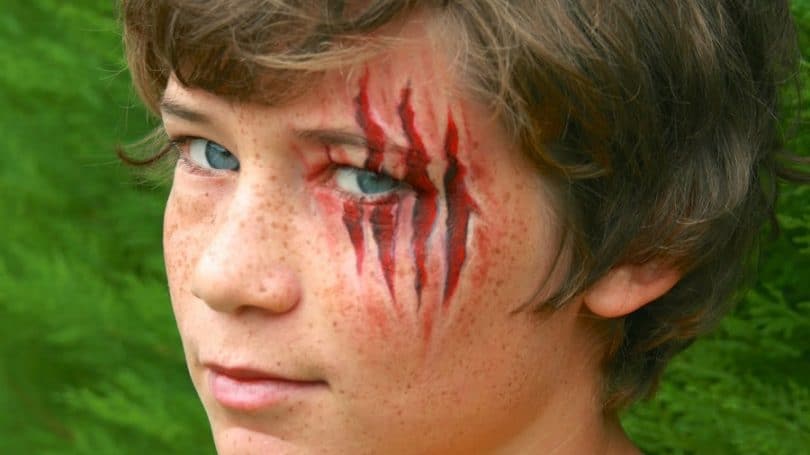
Laceration – This is an injury to the skin resulting from the skin being cut or torn open. These can be shallow, with the damage being done only on the skin’s surface, or deep with damage being done to tendons, muscles, ligaments, nerves, and/or blood vessels.
These types of wounds are usually the result of blunt force trauma. This can be caused by getting hit by a large and heavy object, getting punched or hit by a blunt weapon. These types of wounds are generally jagged because the damage is identifiable by torn rather than cut skin.
Abrasion – These are wounds where the skin is rubbed off or scraped off. Generally, these types of injuries are usually superficial and non-threatening. They can, however, leave someone with varying degrees of discomfort. Deeper abrasions can cause scarring. Blisters are a common example of abrasion.
Contusion – These are wounds that do not break the skin and are the result of blunt force trauma. The strength of the blow is enough to cause damage to tissue beneath the skin and usually manifests in bruising.
Puncture – These are wounds with smaller external manifestation and are caused when sharp objects, (or blunt objects with sufficient force) enter the skin. Despite the small size, these wounds pose a high potential for infection.
Those suffering from this sort of injury have a larger chance of a tetanus infection. This is because bacteria and debris are forced deep into tissue. Since puncture wounds don’t usually bleed much, the possibility of blood washing out the dirt and pathogenic microorganisms is quite small. Animal bites and nails are common puncture wound sources.
What happens when you are cut?
The human body is wired to handle immediate repairs on itself. To deal with a cut or wound, the body will respond by sending platelets and proteins to the cut to stem the bleeding. Platelets do this by causing coagulation or blood clotting. This stops a person from losing extensive amounts of blood to innocuous injuries.
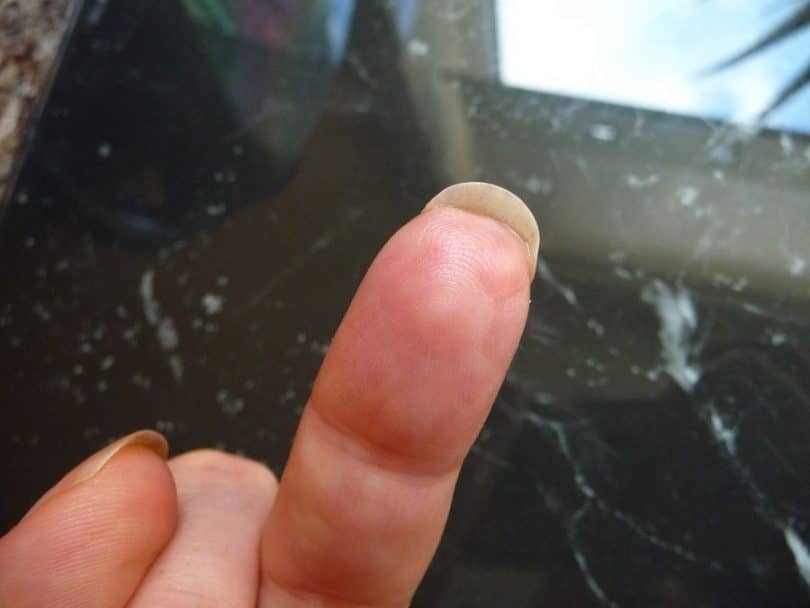
When the blood coagulates, the clot that you can see is comprised of fibrin and various blood cells. Fibrin is the fibrous substance that holds the clot intact. Through this process, (assuming everything is normal) a scab forms around the wound.
While these may seem as a temptation to scratch for some, scabs play a vital role in the healing process (so think twice before prematurely peeling it off). Scabs are meant to protect the wound from harmful microorganisms and other potential threats. If scabs didn’t form, people would get sick from innocuous wounds.
Eventually, the brown crusty scabs will fall off to reveal new scar tissue and skin, which are the result of the body’s self-repair mechanism.
Why does infection occur?
When the body’s repair systems are unable to stop foreign microorganisms or germs such as fungi, bacteria, and viruses from entering the body, infection occurs. During an infection, intruding germs enter sensitive tissue beneath the skin and begin to spread. In worst case scenarios, infections can lead to systemic damage to the human body.
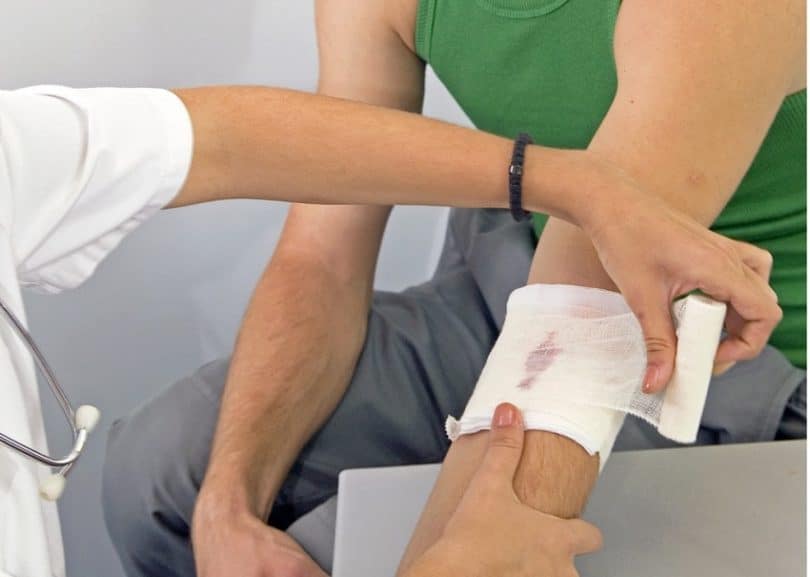
Due to the ease of entry provided by a damage to skin, open wounds are far likelier to develop an infection than close wounds.
Manifestations of infection
There are many possible manifestations of infection with after-effects ranging from negligible to life-threatening. Here are a few signs that a cut is infected.
Malaise – This is a sign of a systemic infection. It manifests itself in weariness and lack of energy. Sufferers may not feel like doing regular activities that form part of their routine. Weariness, in general, is associated with medical operations, however, malaise differentiates itself by being continuous.
Folks recovering from an operation or injury improve as time goes by. Those who suffer from malaise don’t improve and at times get even worse. Seeming totally fine and then suddenly becoming lethargic or exhausted is a possible indication of malaise and an infection.
Fever – Fevers are an elevated temperature of a person’s body beyond the normal range of temperature. Among other things, it is an indication that the body’s immune response has been triggered to fight against pathogens such as viruses and bacteria.
Fevers have other triggers, but if you’ve undergone a medical operation recently, a low-grade fever or a temperature of 100 degrees Fahrenheit.(37.78 degrees Celsius). If after injury or medical operation, a fever reaches 101 degrees Fahrenheit (38.3 degrees Celsius) it is best to call a medical practitioner for assistance as it is indicative of a wound infection.
Fluid Drainage – If coming out of surgery, or getting cuts, clear or slightly yellow-tinged fluid is considered normal, if not a sign of actual healing. However, if the fluid being discharged is green, cloudy, or smelly, then you may have a problem. These are signs of an infected wound. Action should be taken soon to address the infection.
In some instances, medical practitioners will take a swab of the fluid and run tests on it in a laboratory to assess the infection.

Pain – Of course a wound or an operation will hurt. The pain we refer to this time around is when pain experienced persists or even increases over time. Normally, people who are healing from a form of injury experiences a reduction of pain as time passes by.
The presence of a continuous or increasing amount of pain is an indication that something isn’t right with the healing process and is potentially a sign of infection. If this happens get in touch with your doctor.
Swelling, Redness, Irritation – Redness around a cut or wound is normal. But as with pain, it should diminish. Inflammation and swelling are anatomical responses to fight potential infection. These are a result of the body sending white blood cells to wounds.
Continued radiating streaks and swelling are potential signs of a wound infection as these are indicative of a protracted effort of the immune system to quell the presence of pathogenic microorganisms.
[the_ad_group id=”22″]
Also, swelling of lymph nodes are a potential sign that a wound is infected. You can tell that this is happening when red streaks appear around the wound and/or swelling occurs near lymph nodes. During immune responses, bacteria tends to be trapped in these areas.
Hot wound/incision – It’s normal for a wound to feel very warm or even slightly hot. Like previously mentioned symptoms, it’s a natural response for the body to deal with what it deems as a threat. Prolonged hot sensation around a wound or cut area is cause for concern and could lead to the development of one of the previously mentioned symptoms.
Treatment Methods
At this point, you may be thinking about how to treat an infected cut or wound. If you suspect that a wound is infected, consult your doctor at the soonest. Doctors will prescribe antibiotics to deal with the infection. There are common antibiotics in the form of ointments that can be purchased over the counter, however, they may not suffice in more severe infections.
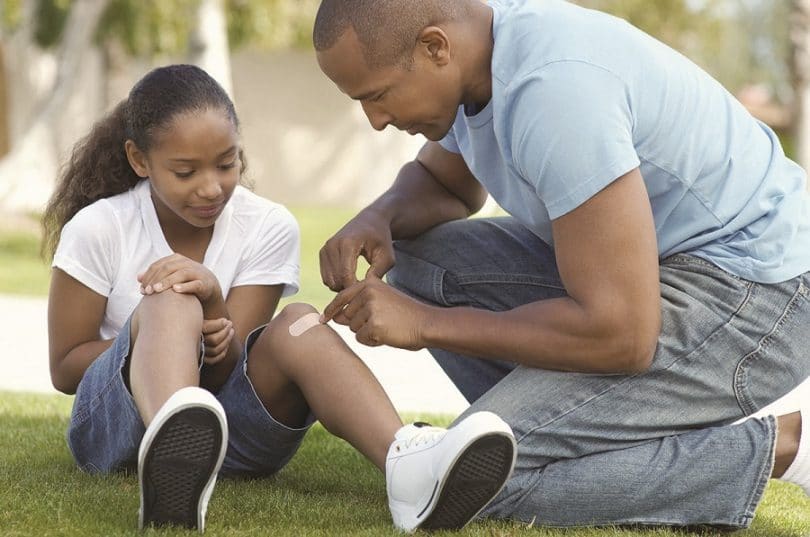
Now, if you’re wondering why stronger antibiotics aren’t just sold over the counter, taking antibiotics willy-nilly can lead to the development of antibiotic resistance in your body’s microbes. Meaning that when certain infections hit, the germs causing them will no longer be affected by antibiotics. This is can cause a lot of problems, so discuss this with your medical practitioner.
See also: Wilderness First Aid: How to Give First Aid in The Wilderness
Other than antibiotics, other treatments usually include cleaning of the wound with soap and water. Alternatively, germ killing solutions can be used. Ask your healthcare provider on the proper means to clean your wound.
First Aid for Cuts
Prevention is better than cure, whenever possible it’s better to undertake measures to lower the risk of infection when someone gets wounded.
- Stop bleeding – This may or may not be a priority depending on the type of wound. But in the event of severe cuts or wounds, this is the first thing you should do. Apply pressure on the wound with a clean tissue, cloth or gauze until the blood stops flowing out.
- Once the blood has stopped flowing be sure to wash hands before dressing the wound.
- Apply tourniquet only in the event of severe bleeding and direct pressure cannot be applied to the wound.
- Clean cut with running water and soap. Be sure to thoroughly rinse out leftover soap to avoid irritation.
- Avoid using strong disinfectants such as hydrogen peroxide and iodine as these can potentially damage tissue.
- Protect wound from external contact with a bandage.
- If the wound is severe, seek medical assistance as soon as possible.
In the event that the wound or cut occurs while away from areas with accessible medical care, such as during long hikes, camping trips or localities that are far from medical facilities the above rules still apply.
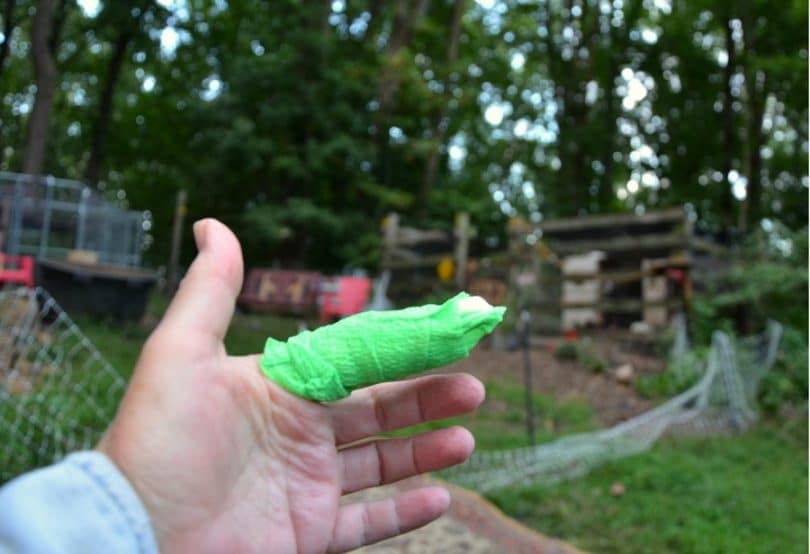
So whether you’re out in the woods or just at home, it is not a bad idea to have a good first aid kit around. Standard medical supplies should include:
- Sterile dressing, gauze, bandages and the like
- 60cc irrigation syringe
- Sterilizing/water purifying tablets
- Antiseptic solutions
- Nitrile gloves
- Triple antibiotic ointment
- Ibuprofen, Paracetamol, generic over the counter meds
- Adhesive bandages
- Antibiotics
- Splint materials
- EMT shears/sharp scissors
Most of these supplies are easily available at drugstores and medical supplies shops, keep them handy in a grab bag. You won’t regret it. As simple as this preparation is it could mean the difference between life and death.
Potential Complications
When a wound is infected and not treated there are numerous potential problems that may arise. Firstly, the conditions previously mentioned will persist. Most of them are uncomfortable but for more severe injuries can lead to high levels of pain. Some worse case scenarios include:
Impetigo – This can occur after the manifestation of the symptoms above if the body isn’t able to cope with the infection. This type of bacterial infection starts out with small blisters that break out and expose skin. Eventually, this simply covers an area of skin with plaques and gold crustiness. This infection is contagious.
If impetigo is left unabated and the body fails to neutralize it, then this may lead to the development of ecthyma. Ecthyma forms into small bumps filled with pus with crusts that are much thicker and darker than that of impetigo. This is highly itchy and scratching can lead to permanent scarring and changes in skin color.
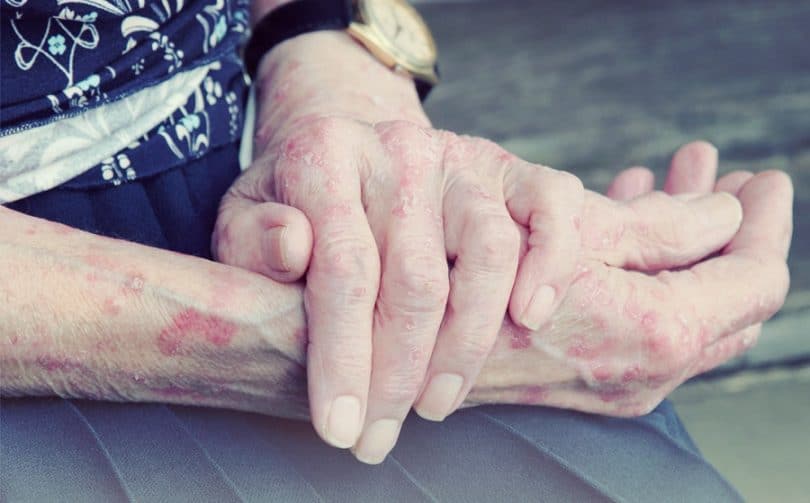
The worst possible complication stemming from impetigo is post-streptococcal glomerulonephritis. This is a kidney disease that targets children. Though highly unlikely (less than 1% occurrence following impetigo or other strep infections) the disease can hamper proper kidney function.
These conditions are treated via antibiotics that are prescribed by medical professionals.
Osteomyelitis – This is a severe condition that results from an infection that affects the bones. If the infection from a wound passes into the bloodstream and into the bones. Symptoms of this include nausea, fatigue, swelling around affected bone, loss in the limb’s range of motion. If the condition manifests in the spine, severe back pain is a common symptom.
Tetanus – This is a common form of infection that was already observed in ancient times. Tetanus can be caused by the smallest of wounds and symptoms can take between one to three weeks to manifest.

It is characterized by muscle spasms that usually begin in the jaw and slowly spread to the rest of the body. Spasms can be so severe that bone fractures are a potential risk. These attacks tend to happen several minutes on a daily basis.
It is caused by the bacterial microorganism called clostridium tetani which are found commonly in soil, manure, and dust. If tetanus begins to show signs within five days, chances for a full recovery are quite slim. This can be remedied by being immunized against tetanus.
[the_ad_group id=”23″]
To treat tetanus, medical practitioners begin with wound care and administer several antibiotics as well as a tetanus antitoxin. Medication to mitigate muscle spasms such as diazepam and short-acting barbiturates may also be prescribed. In severe cases, an artificial respirator, as well as other life support measures, may have to be taken to ensure survival.
Necrotizing Fascitis – This is more commonly known as flesh-eating disease. This is an infection that enters the body through wounds. It quickly kills soft tissue by attacking connective tissue that binds together muscle. This is can become a life threatening disease in a short amount of time.
Early diagnosis is quite difficult as this disease starts out with similar symptoms as a common infection. Treatment includes a strong string of antibiotics, surgery and in severe cases, amputation of limbs.
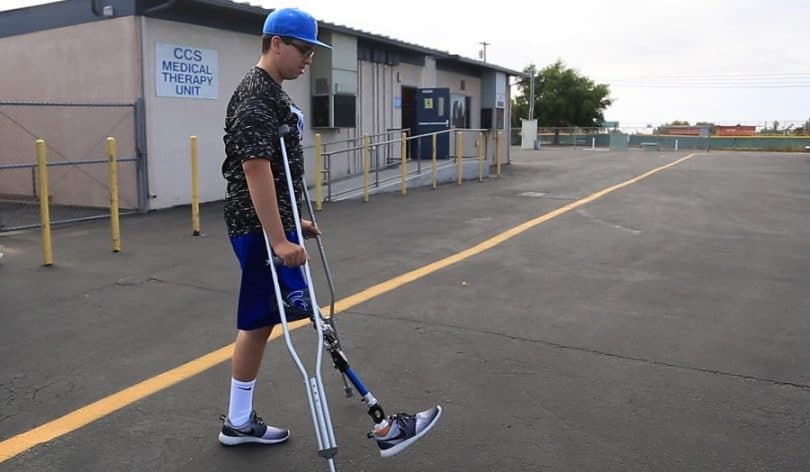
Though a relatively rare disease (0.4 out of 100,000 people affected annually), persons with weakened immune systems is much more likely to develop the disease. To avoid the disease, it is highly important to observe proper and hygienic wound care.
These are only a few of the realities that come with cuts and wounds. It’s important to bear in mind that in the event of an emergency; expedient, hygienic and proper care is given to someone who is injured. If the injury is severe, get the patient to a medical facility as soon as possible.
Even if the injury seems harmless, if symptoms begin to show up, don’t be afraid to seek medical advice. The hassle of going to see a doctor is much lower than having to suffer from potentially debilitating infection.
For tips on how to adequately deal with emergencies, check out our article on this topic.

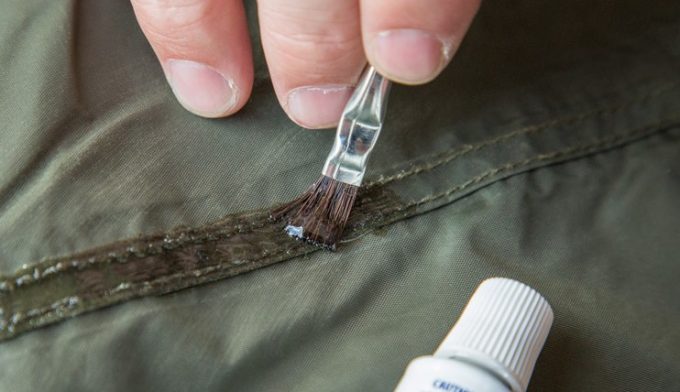
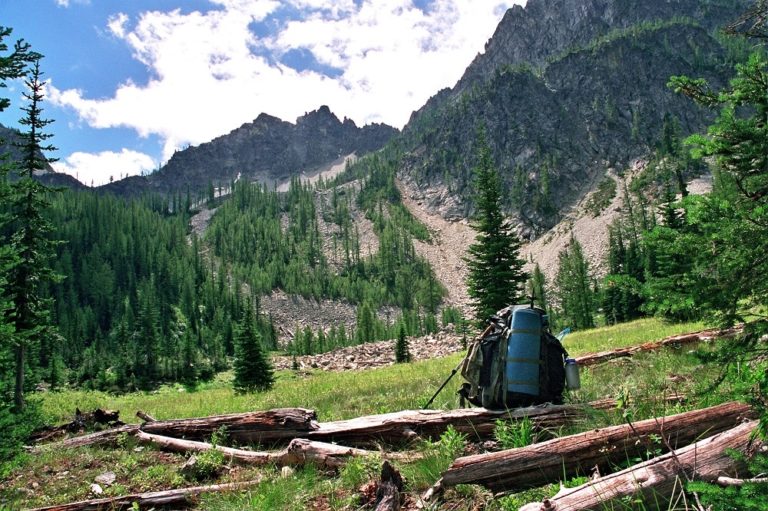

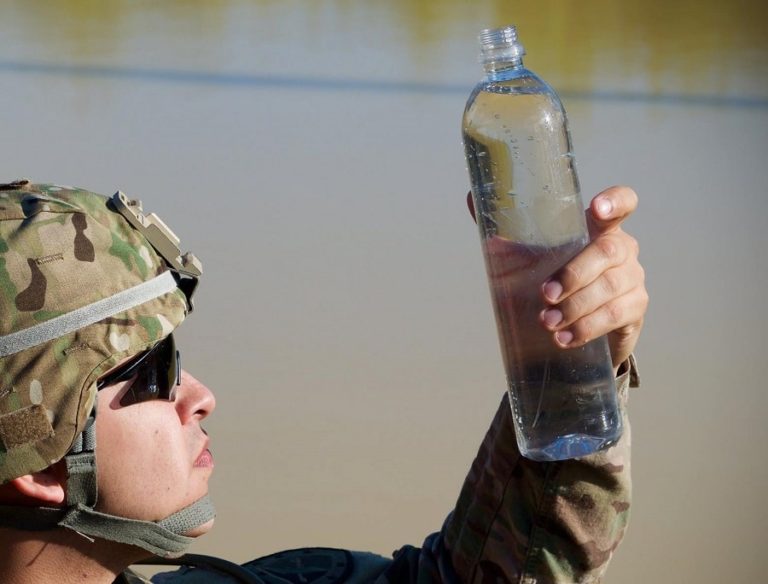

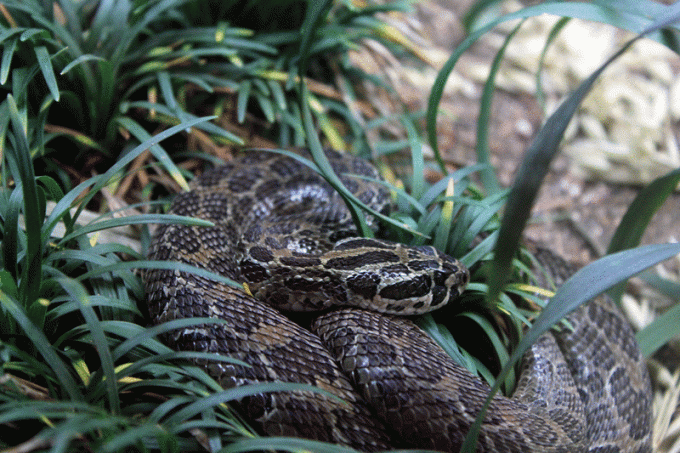
One thing I often hear when discussing cuts (both in the home and whilst out in the wilderness) is that cuts should be left to breathe, I wanted to share my thoughts on this. Though I can understand some of the logic behind this thinking, as often when you allow a wound to ‘breathe’ you’ll develop a scab more quickly, a necessary part of the healing process.
Unfortunately, however, if a wound is allowed to dry out completely before a scab is formed, the skin cells at the wound surface are going to also be dry, which means the wound will heal much slower. This is because some moisture is required to aid the healing process, and once the scab has formed, it acts as a wick, preventing moisture from entering.
What’s more, if the skin dries out completely, there is the possibility that the skin cells will then die, the dead cells then act as a food source for bacteria. This can lead to infection.
Even more confusing, however, is if a wound is left too wet, you increase the risk of infection, as the conditions become a prime breeding ground for bacteria (most thrive in warm, moist conditions).
Though there are no hard and fast rules that explain what the absolute optimum conditions are for a wound, the best advice I can offer is keep it clean, keep it dry (pat dry a wet wound before covering with bandage or band aid, so some moisture is retained) and once it’s scabbed, allow this to fall off itself naturally.
While I quite agree with the breathability of the wound, this varies per scenario. A dressing should be secured in place to make sure that no more debris or microorganisms will be in contact with the wound. That being said, the bandage should be tight enough to hold its position, yet loose enough to allow movement and circulation.
One thing I often hear when discussing cuts (both in the home and whilst out in the wilderness) is that cuts should be left to breathe, I wanted to share my thoughts on this. Though I can understand some of the logic behind this thinking, as often when you allow a wound to ‘breathe’ you’ll develop a scab more quickly, a necessary part of the healing process.
Unfortunately, however, if a wound is allowed to dry out completely before a scab is formed, the skin cells at the wound surface are going to also be dry, which means the wound will heal much slower. This is because some moisture is required to aid the healing process, and once the scab has formed, it acts as a wick, preventing moisture from entering.
What’s more, if the skin dries out completely, there is the possibility that the skin cells will then die, the dead cells then act as a food source for bacteria. This can lead to infection.
Even more confusing, however, is if a wound is left too wet, you increase the risk of infection, as the conditions become a prime breeding ground for bacteria (most thrive in warm, moist conditions).
Though there are no hard and fast rules that explain what the absolute optimum conditions are for a wound, the best advice I can offer is keep it clean, keep it dry (pat dry a wet wound before covering with bandage or band aid, so some moisture is retained) and once it’s scabbed, allow this to fall off itself naturally.
While I quite agree with the breathability of the wound, this varies per scenario. A dressing should be secured in place to make sure that no more debris or microorganisms will be in contact with the wound. That being said, the bandage should be tight enough to hold its position, yet loose enough to allow movement and circulation.
I absolutely agree that one should always have a first aid kit available, whether at home, or in the wilderness, I do disagree with one of the items that you’ve included in the list – particularly for out in the wilderness.
You suggested that your standard medical supplies should include antibiotics, I believe that you shouldn’t self-administer/self-prescribe antibiotics, unless, you have medically trained personnel with you or you’ve sought medical advice beforehand or are highly experienced in that regard.
Over time, you can develop an intolerance and allergies to medications, antibiotics included, these can lead to reactions, such as anaphylactic shock, which, whilst in the wilderness is likely to be fatal. Simpler reactions such as rashes could also occur, whilst at home, this may not prove too much of an issue, however, when away from luxuries such as running water, there is a chance that the rash could then become infected. Effectively negating the reason you took the antibiotics in the first place and causing you further discomfort.
Prevention will always be better than cure, and better to anticipate the worst than not preparing for it at all. First aid kits come in various sizes and contents, and bringing a medium-sized kit will not consume too much space. My best advice would be to customize your kit based on anticipated and pre-disposing needs. This will make your kit more useful for a broader scheme of circumstances.
I absolutely agree that one should always have a first aid kit available, whether at home, or in the wilderness, I do disagree with one of the items that you’ve included in the list – particularly for out in the wilderness.
You suggested that your standard medical supplies should include antibiotics, I believe that you shouldn’t self-administer/self-prescribe antibiotics, unless, you have medically trained personnel with you or you’ve sought medical advice beforehand or are highly experienced in that regard.
Over time, you can develop an intolerance and allergies to medications, antibiotics included, these can lead to reactions, such as anaphylactic shock, which, whilst in the wilderness is likely to be fatal. Simpler reactions such as rashes could also occur, whilst at home, this may not prove too much of an issue, however, when away from luxuries such as running water, there is a chance that the rash could then become infected. Effectively negating the reason you took the antibiotics in the first place and causing you further discomfort.
Prevention will always be better than cure, and better to anticipate the worst than not preparing for it at all. First aid kits come in various sizes and contents, and bringing a medium-sized kit will not consume too much space. My best advice would be to customize your kit based on anticipated and pre-disposing needs. This will make your kit more useful for a broader scheme of circumstances.
When I was younger I had a lot of problems with my toenails. During hot weather the tissue around the sides of toenails would get infected. It happened usually when I went on longer hiking trips. It was so serious that I almost ended up in a surgery. What helped me was Iodine. I didn’t wear socks for 2 or 3 days and used it on the red and swollen tissue. Whenever I feel those symptoms I use it and the infection stops in no time.
When I was younger I had a lot of problems with my toenails. During hot weather the tissue around the sides of toenails would get infected. It happened usually when I went on longer hiking trips. It was so serious that I almost ended up in a surgery. What helped me was Iodine. I didn’t wear socks for 2 or 3 days and used it on the red and swollen tissue. Whenever I feel those symptoms I use it and the infection stops in no time.
Iodine is a well-known antiseptic and can help prevent infections from developing or worsening. This is a very handy preventive measure that you can bring outdoors. As a standard precaution, especially when traveling or hiking with children, keep the solution out of their reach.